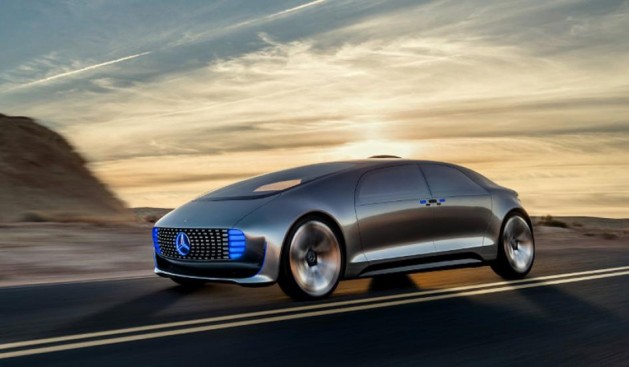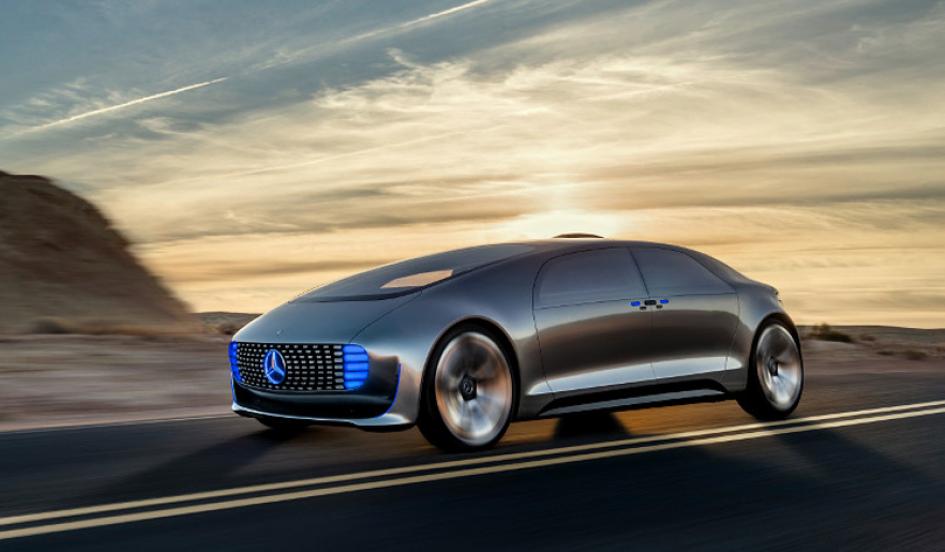
We are living in unprecedented times where the seemingly endless explosion of technology is making it increasingly difficult to keep pace with it in our everyday lives.
Children born in the last few years will in all likelihood find their future careers have not even been thought of yet such is the pace of technology innovation.
Look at how motor vehicles have transformed over the last decade with the implementation of new ‘gadgets’ to make our journeys so much easier and safer. Manufacturers are scrambling to deliver vehicles to the market with pioneering technology that will set them apart from their opposition. However are these new inclusions actually beneficial to the driver or do they take the human element out of the decision making process? The answer is open for debate as everyone will have an opinion or argument to counter the opposing view with an equal amount of validity.
The purpose of this article is not to formulate a defined opinion one way or the other but is intended to provoke you, the reader to ponder if these new technological innovations are helping you as a driver or whether you are happy to let computers make more and more of your decisions. Does this new era of computerization have “Big Brother” overtones similar to the novel ‘1984’ written by George Orwell in 1949?
Safety Progression
It would be difficult to argue against the value of safety improvements that have been made through technology. Safety was not a priority with motor vehicle manufacturers in the first half of the 1900’s. As the century progressed so did the power and speed of vehicles which coincided with a spiraling number of fatalities. The first manufacturer to introduce a basic safety feature was Buick who in 1937 added the first turning signal indicators. Seat belts were first trialed in the late 1940’s but did not become common in the front seats until the 1960’s. However mandatory seat belt laws were not legislated in the US until 1984. Front air bags followed and were legislated as mandatory in 1989. These 2 safety features alone are estimated to have saved in excess of 300,000 lives in the United States since their introduction.
As the decades progressed crash testing improved the strength of cars along with side impact airbags. There are too many features to list that manufacturers have included in the latest motor vehicles… voice active technology, crash warning sensors… the list spirals on for pages.
The impact that these improvements have made can easily be translated from available Federal data. The annual number of fatalities associated with motor vehicles peaked in the 1970’s in the 50,000+ per annum. Since then it has continued to fall each decade as motor vehicle safety improved. If you look at Federal data released in December 2014 you will find that car crash fatalities have fallen by 25% over the past decade, which is a stunning statistic. (For more detailed information you can refer to the National Center for Statistics and Analysis)
Implementation of Technology
Putting the technology inspired safety improvements aside we now look at aspects that potentially diminish or improve the skills of the driver.
Power Steering: Most younger drivers will never have experienced driving a car without power assisted steering. Although trying to turn the large cars of the 60’s and 70’s required quite a bit of strength and determination it certainly gave you a raw feel for the size of the car you were driving. The greatest improvement that power steering assisted with was when you were required to reverse park. Personally I have to give this feature a definite tick of approval.
Powered side view mirrors: Initially the mirrors were fixed in position and a lot of vehicles were not fitted with near side view mirrors. Once these mirrors became standard skillful drivers could adjust their mirrors so that they can expose the natural blind spot and safely change lanes. However to this day I am amazed at the number of drivers who do not set this mirror to expose the natural blind spot.
Automatic transmission: Nothing really makes you feel more at one with a car than using a clutch and stick shift. There is a large part of the driver population who have not been trained to drive a manual vehicle. However the automatic transmission has taken one of the thinking processes out of driving which has made it far easier for many people to learn how to drive. I consider the automatic transmission almost a mandatory requirement for those who have to endure congested traffic each day whilst driving to work.
Front and All Wheel Drive Vehicles: This definitely has diminished the skills of drivers who formally had to deal with the natural habits of a rear wheel drive vehicles. I must admit I own both a front wheel drive & rear wheel drive vehicle & find the real pleasure is driving an older rear wheel drive vehicle (1988 BMW E30).
GPS Maps: Initially there were individual devices that plugged into the power outlet in the vehicle. However the majority of manufacturers now make a built in multi-function screen that includes road mapping to your required destination. This device has taken the dangerous practice of trying to read a street directory while driving out of play thankfully.
Steering Wheel Controls: From adjusting the radio volume, manipulating the air conditioner, to making a phone call a driver can use the controls on their steering wheel in most instances to make these adjustments. Even with blue tooth available on most vehicles many drivers still choose the dangerous practice of holding their cell phones to converse while driving.
Driver-less Cars: With Google’s driver-less car clocking up over 1,000,000 miles & other manufacturers testing the technology with promises to release it to the public by 2020 there comes some major ethical issues associated with its introduction. The main issue that springs to mind is that as the vehicle is being controlled and directed via artificial intelligence what happens in a crash situation where a moral decision has to be made? As an example let’s hypothesize that a driver-less vehicle is confronted by another vehicle and a crash is imminent. To avoid the collision the only option is to swerve to the right, however there are a dozen school children in this escape pass. How does the on board computers assess the situation to make a moral decision? I am sure that this is being reviewed as I write but it certainly appears to impose a rather difficult dilemma for the developers of this artificial intelligence. Another issue to consider is whatever decision the computer decides to make who will be responsible for the actions it took if there is major damage, injuries or loss of life?
Morality of Artificial Intelligence
In our current driving situation our brain is absorbing vast amounts of information from the surrounding environment and assessing this data to make split second decisions. Would you feel comfortable traveling in a motor vehicle with a computer making all the decisions that could impact on your life? In all likelihood this will be the case for all of us inside the next decade.
Legislation Issues
I just hope that legislators can sort out the liability issues that these pose but the bigger issue I feel are the dilemmas computer developers face in trying to implement morality into a computer’s logic.
Article Source: http://EzineArticles.com/expert/Andrew_J_Crawford/2015483



